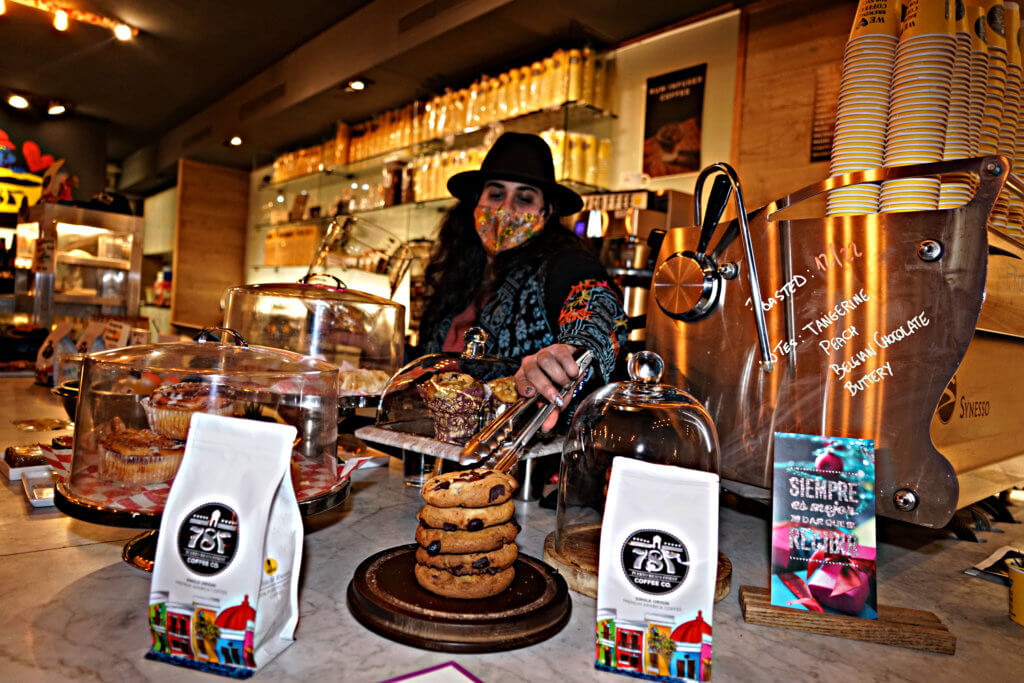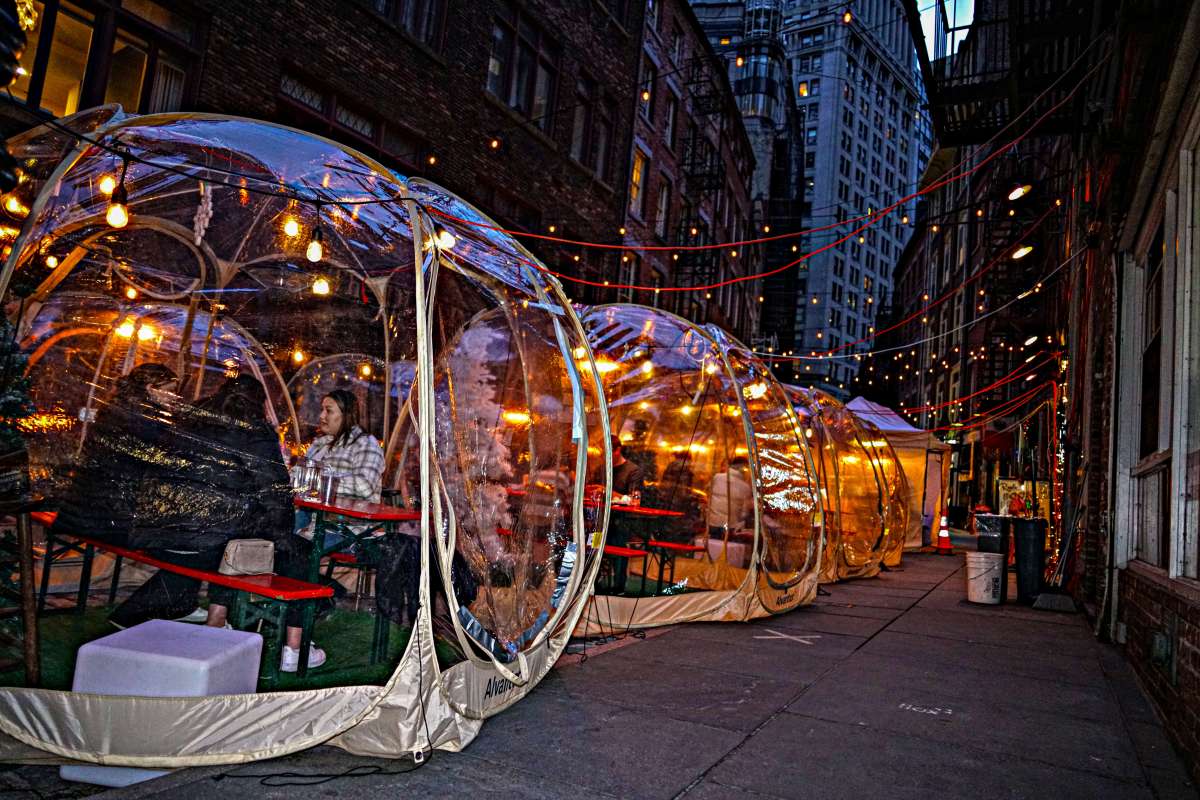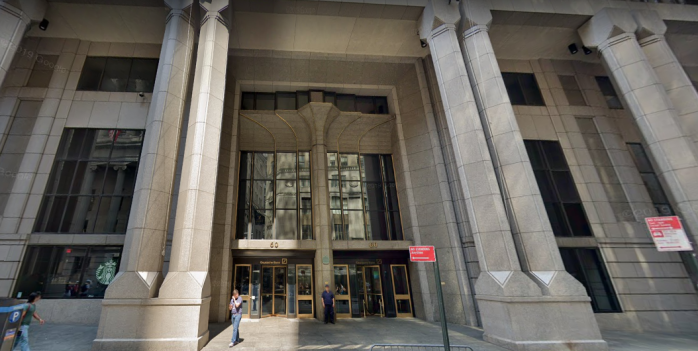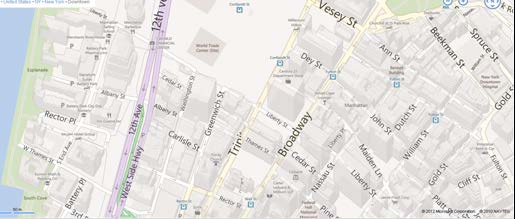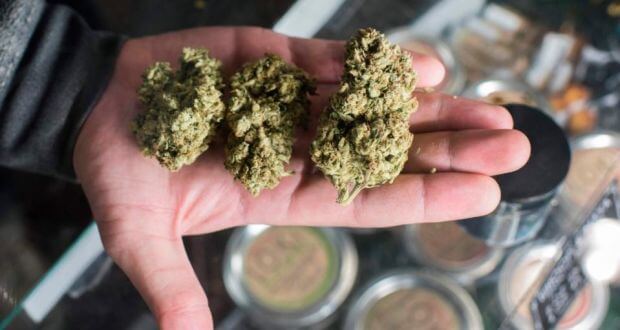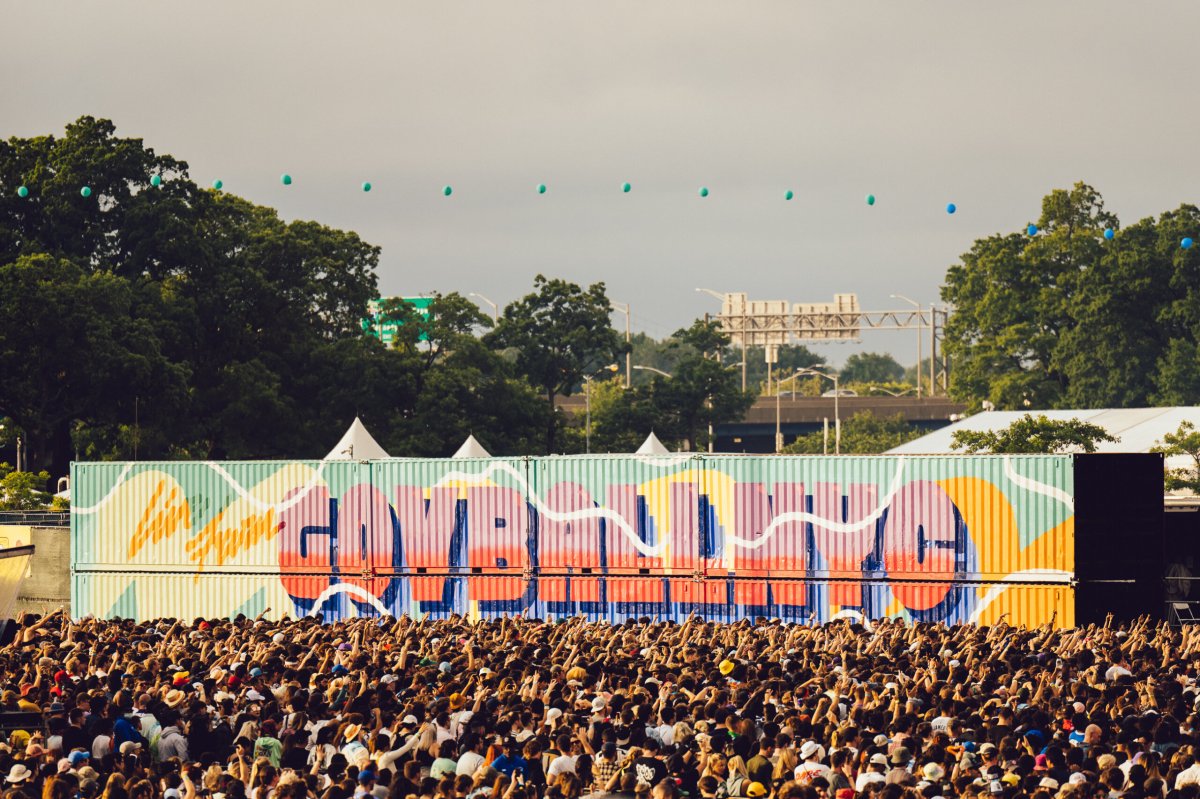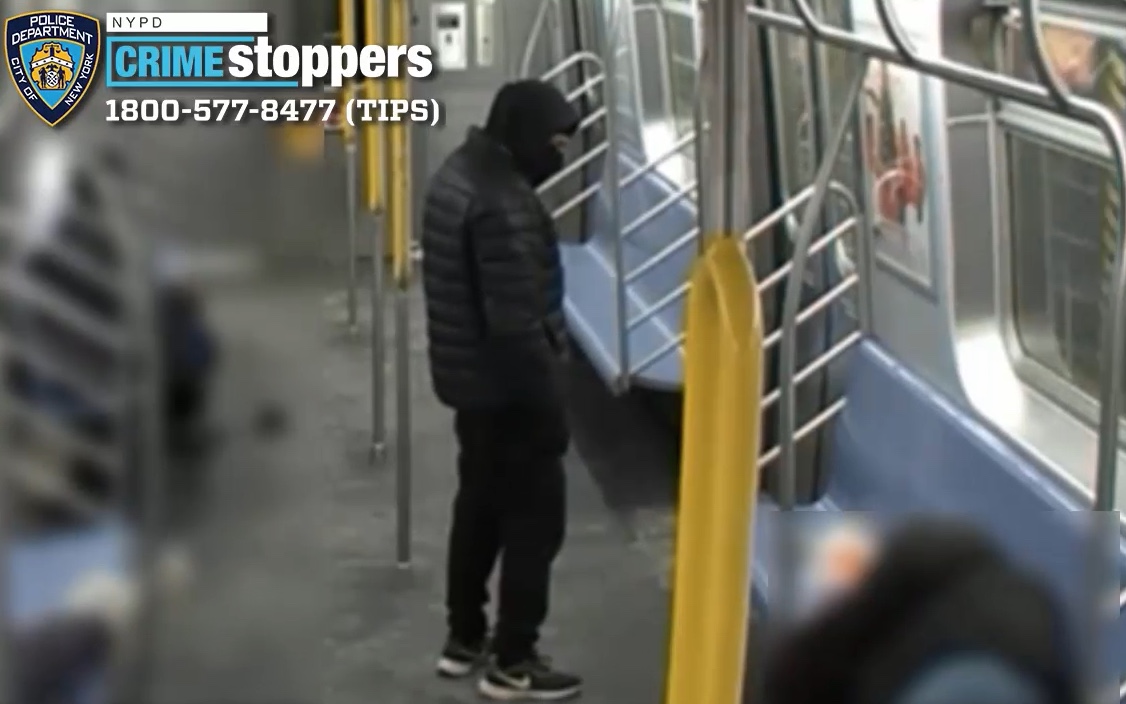At the dawn of 2021, the Financial District’s food businesses are struggling to recoup losses after an economically trying year.
The Financial District is named as such after the creation of a 17th century harbor that offered commerce and opportunity to greater New York. The area steadily rose in fame until it became internationally lauded as the symbol of economic growth and high society. However, the neighborhood is made up of more than just tradesmen and investors on which it has earned its name.
The southern tip of Manhattan is also home to Pearl Street, a strip occupied by many independent entities that relied on the hustle and bustle of Wall Street for business. Prior to the onset of the COVID-19 pandemic, the Financial District was a hotbed of activity with lavish suits and tourists clamoring to enjoy the local cuisine. Since lockdown measures, however, have forced many in the neighborhood to trade in their office for their living room, the cobblestone pathways have been primarily empty and, in turn, left suffering restaurants with even greater obstacles to overcome.
“A lot of people moved out of the area or they are working from home now. The Financial District has a lot of office buildings, we have lost that clientele, but we have gained some locals that have gotten to know the staff. People are working from home so there is no taking your clients out to lunch or having a happy hour after work with your coworkers–they are just not here,” said Sara Barrows, the general manager of Route 66 American Kitchen and Bar at 79 Pearl Street.
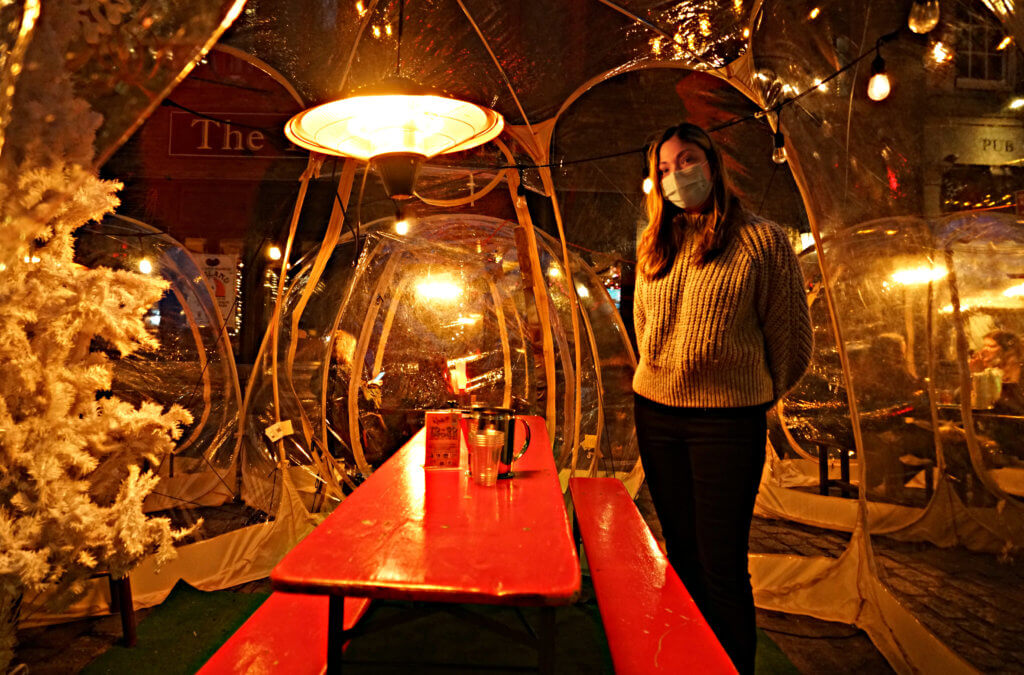
Establishments like Route 66 American Kitchen and Bar have attempted to make the best of the situation by constructing an extravagant, inviting outdoor dining space infused with hanging lights and burning heaters, but the darkened office windows above reflect the fairy lights and leave nothing but an empty glow on an even emptier neighborhood. When this is coupled with the economic burden of procuring plastic bubbles and outdoor structures in which customers can safely eat—and the loss of complete indoor dining—those trying to carve out a living are left in dire straits.
Jarek Krukow, general manager at Broadstone Bar and Kitchen, echoes the painful sentiment that thousands of other businesses, especially restaurants, have suffered—the pandemic has wrought havoc on his work.
“It’s been awful, we are not even doing 20% of what we did before. What the Governor has done to us with no indoor dining has just crippled everybody. I feel so bad for my employees, for us to even be open we are lucky. I had 52 employees and now I only have 12,” Krukow said solemnly as he recalled the amount of families this situation has affected in his life alone.
Krukow blames the lack of planning put forth by the Governor and Mayor in terms of how businesses proceed during the pandemic. While there is an uptick in COVID rates, he doesn’t understand why New Jersey still has 25% indoor dining while New York City does not.
“We are one of the best in the country right now at 3.4 % for the COIVID rate. It’s not fair. We should be rewarded for that, not being torn down,” Krukow told amNewYork Metro, adding that he doesn’t understand how a supermarket can have a hundred customers inside at one time while restaurants are forced to endure near impossible odds.
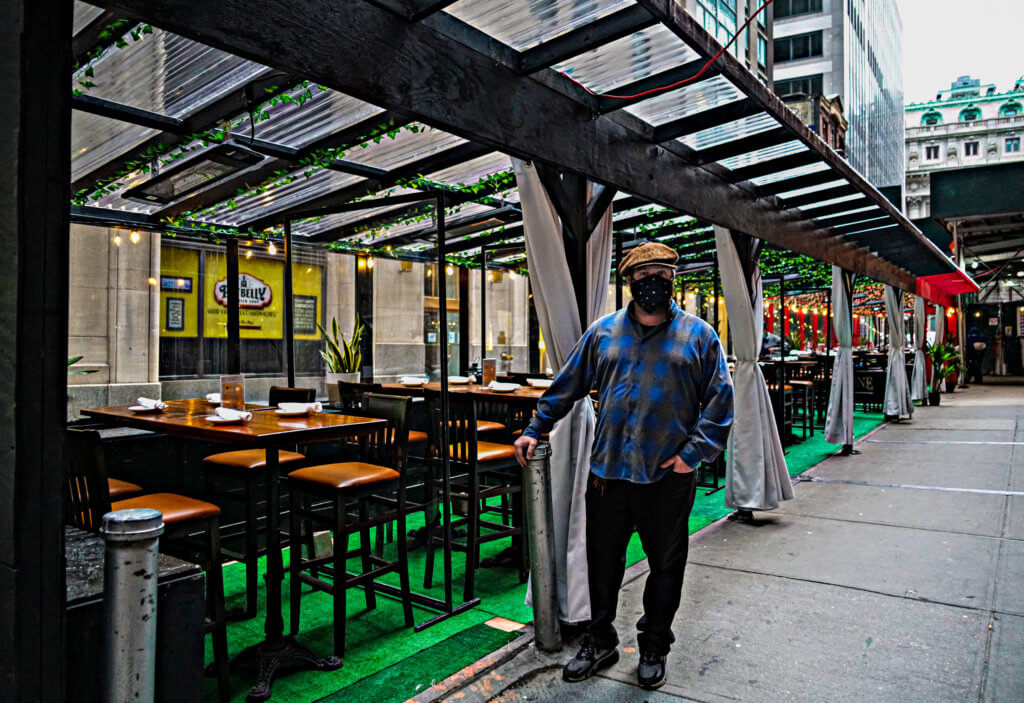
“Fifty percent would get us going. I mean you can have a hundred people in Whole Foods but you can’t have 50% in a restaurant? That’s ridiculous,” Krukow said.
In addition, the shifting rules and regulations regarding outdoor dining structures have put many restaurants out thousands of dollars. Several businesses have built structures, including heating lamps for the winter, and other decorative features. The regulations now state that an outdoor dining structure must have two open sides for more ventilation.
Fraunces Tavern, located at 54 Pearl Street within a historical landmark built in 1762 where the likes of George Washington were said to dine, are also feeling the burden of rigorous, ever-changing regulations. Owner Eddie Travers purchased several $600 bubbles, which have also their own set of regulations. This costly but necessary business extension has prompted Travers to close their second restaurant for the winter, Lovelace Gin and Cocktail bar, located mere feet away from his tavern. This closure was decided upon just this past week, so that the extra outdoor dining space could be used for Fraunces Tavern.
Prior to the pandemic, Fraunces Tavern never sold memorabilia, offered outdoor dining space, or even used third party delivery services—now they have no choice. The site fosters a rustic atmosphere thanks to the original décor of an old Irish pub and soft-leather lounge chairs in their Dingle Whiskey Bar lit with a fireplace. The historically rich building also boasts a museum which sits just above what was once a bustling establishment. Now, the only individuals capable of enjoying the ambiance are the employees who run it.
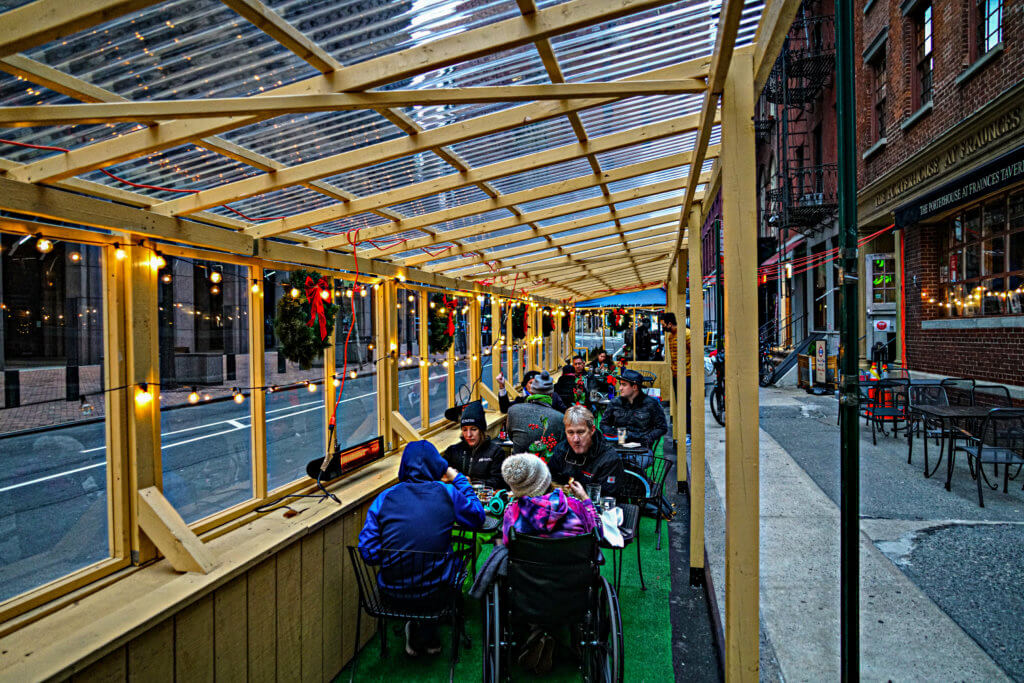
“In normal times, in this bar [Fraunces Tavern] we can hold 400 people. With indoor dining we were allowed 75, and we put in Ozone air filtration into both locations as well, which releases safe levels of ozone that will break down COVID, God forbid if anyone was in here with it, so it wouldn’t be able to spread,” Travers said.
Over the summer, both of Travers’ locations opened outdoor dining services, and then in the fall they were able to hold their own thanks to the introduction of 25% indoor dining. And then, a few months later, it was announced that indoor dining was once again closed. So, as the winter encroached the decision was made on January 1st to close the Lovelace Cocktail and Gin Bar site until the spring.
“I am hopeful for 2021, I think we will be able to come back especially with the second round of PPE that will allow for a large amount of restaurants to survive and with the closed streets going on all this year and possibly the future, I think that it is going to be the game changer for us when it comes to good weather. Also, the vaccinations are coming out. I think we should be in good shape for the second half of this year,” Travers said.
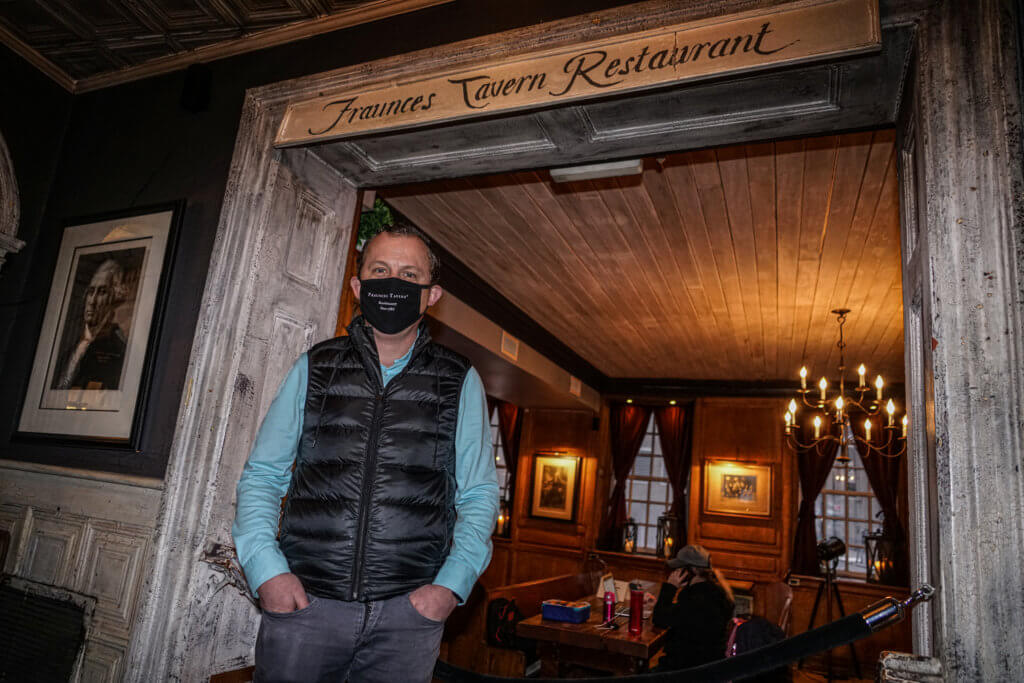
Despite the insurmountable occurrences of 2020, some businesses have transformed their challenges into opportunities. 787 Coffee describes 2020 as a rollercoaster ride in terms of business, but they were able to not only survive the pandemic, they were afforded circumstances to open more sites throughout New York City.
Located at 66 Pearl Street, 787 Coffee is a farm to table experience accentuating Hispanic culture. The coffee is grown in Puerto Rican farms and then shipped to the cafes. The company pushed through the pandemic, and found a way to reinvigorate closed coffee shops.
“I think it has to do with who we are as a company and how we work. From day one, when I started 787 it’s always been non-stop, so I’m not surprised we opened other locations during the pandemic. It’s just taken an opportunity, and unfortunately a lot of the places where we did open were closed coffee shops so it was easier for us to move in,” Mirielle Maor, district manager of NYC locations said.
Maor says that 787 Coffee has taken opportunities that have come their way, and is looking at 2021 with continued optimism for the restaurant industry.
